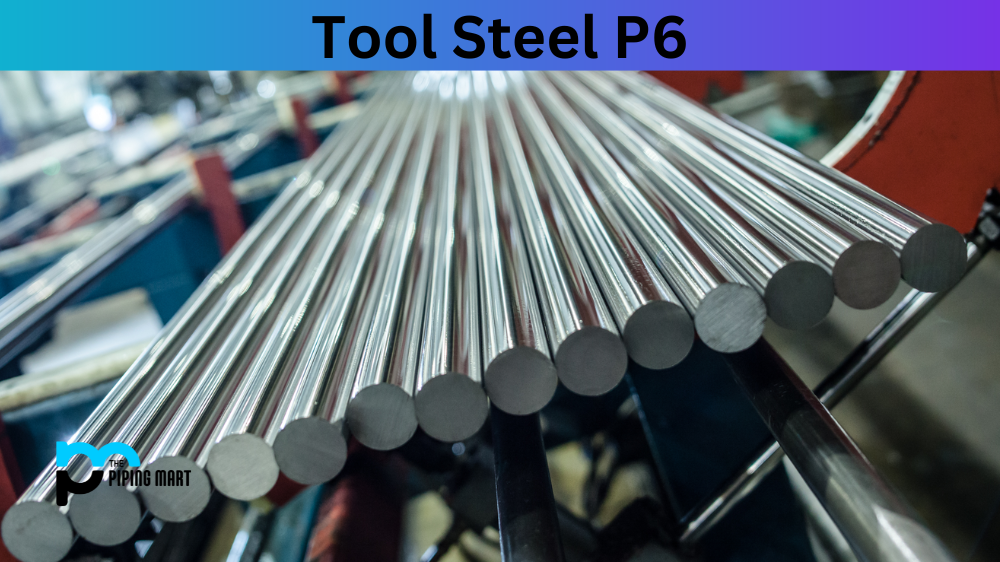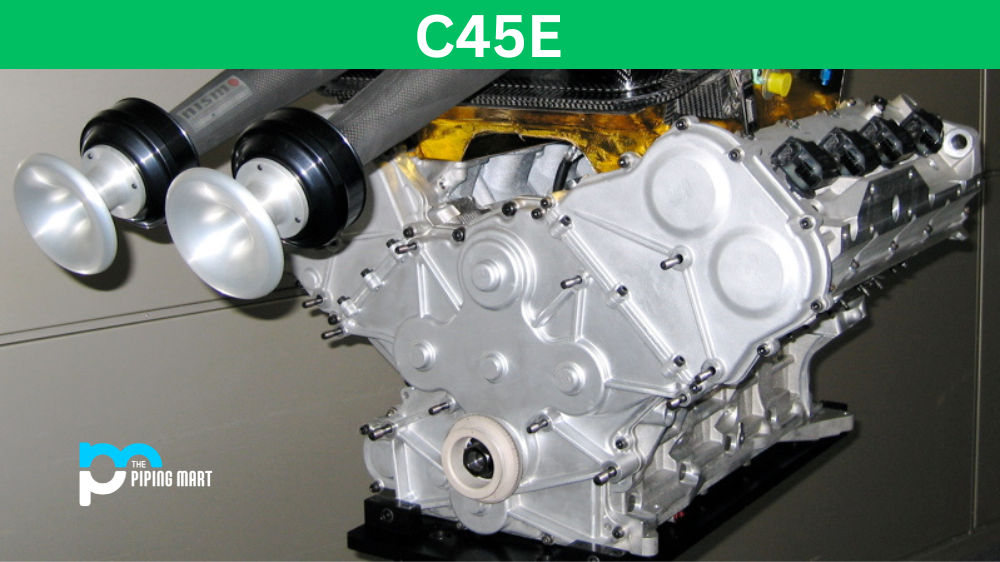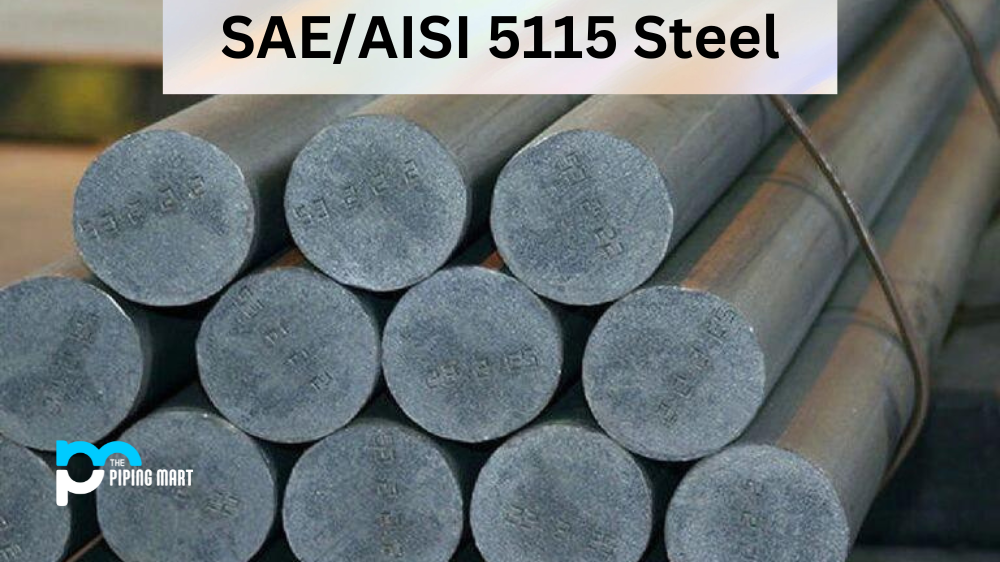AISI 8645 steel stands out as a robust and durable alloy, renowned for its high-strength characteristics, which have found applications across various industries for many years. It proves to be particularly well-suited for automotive components, heavy machinery, power tools, and industrial equipment. Referred to interchangeably as SAE-AISI 8645 steel, this low alloy variant has garnered popularity due to its exceptional mechanical properties. The composition of this steel includes key elements such as manganese, chromium, and nickel, all of which contribute significantly to its impressive strength and toughness. The UNS G86450 grade, a specific classification within the AISI 8645 alloy, makes it a sought-after material in diverse sectors, including aerospace, automotive, and machinery. Its versatility is further highlighted by its excellent machinability, allowing for efficient shaping and modification. The steel’s enforceability and responsiveness to heat treatment make it a highly adaptable material capable of achieving optimal properties.
What Forms of AISI 8645 is Available at Piping Mart?
- Nut
- Bar
- Bolt
- Pipe
- Screw
- Tubing
- Valves
- Washers
- Flanges
- Fasteners
- Electrodes
- Stud Bolts
- Sheet Plates
- Pipe Fittings
- Forged Fitting
- Instrumentation Fittings
AISI 8645 Chemical Composition
The chemical composition of AISI 8645 steel typically includes elements such as Carbon, Manganese, Phosphorus, Sulfur, Silicon, Chromium, Nickel, and Molybdenum. The specific proportions of these elements contribute to the alloy’s Properties, Strength, and performance in various applications.
| Element | Content (%) |
|---|---|
| Iron, Fe | 96.595 – 97.72 |
| Manganese, Mn | 0.75 – 1 |
| Carbon, C | 0.43 – 0.48 |
| Nickel, Ni | 0.40 – 0.70 |
| Chromium, Cr | 0.40 – 0.60 |
| Silicon, Si | 0.15 – 0.30 |
| Molybdenum, Mo | 0.15 – 0.25 |
| Sulfur, S | ≤0.040 |
| Phosphorous, P | ≤0.035 |
AISI 8645 Physical Properties
AISI 8645 steel has a density ranging from 7.85 to 7.87 grams per cubic centimeter. The alloy’s composition and structure influence the Density, Impacting its weight and volume characteristics. This property is crucial in determining the material’s suitability for specific applications, aiding design and performance considerations.
| Properties | Metric | Imperial |
|---|---|---|
| Density | 7.85 g/cm3 | 0.284 lb/in3 |
AISI 8645 Mechanical Properties
AISI 8645 steel exhibits notable mechanical properties. Its tensile strength typically falls within a specific range, while the yield strength is approximately a certain value in megapascals. The material’s elongation, indicative of its ductility, is expressed as a percentage in a 50mm span. Additionally, AISI 8645 demonstrates a certain bulk and shear modulus, reflecting its response to compression and shear forces. The hardness, measured in Brinell, Vickers, and Knoop scales, provides insight into the material’s resistance to indentation or deformation under applied loads. Specific numerical values are required for precise characterization.
| Properties | Metric | Imperial |
|---|---|---|
| Tensile strength | 1158 MPa | 167953 psi |
| Yield strength | 1034 MPa | 149969 psi |
| Elongation | 15% | 15% |
| Bulk modulus | 140 GPa | 20300 ksi |
| Shear modulus | 80 GPa | 11600 ksi |
| Hardness, Brinell | 184 – 235 | 184 – 235 |
| Hardness, Vickers | 220 | 220 |
| Hardness, Knoop | 239 | 239 |
AISI 8645 Thermal Properties
| Properties | Metric | Imperial |
|---|---|---|
| Thermal expansion co-efficient (@0-100°C/32-212°F) | 16-17 µm/m°C | 8.8-9.4 µin/in°F |
| Thermal conductivity | 16 W/mK | 110.94 BTU.in/hrft².°F |
AISI 8645 Equivalent
- SAE J404
- SAE J412
- SAE J770
- ASTM A322
- ASTM A331
- ASTM A505
- ASTM A519
- MIL-SPEC MIL-S-16974
AISI 8645 Uses
AISI 8645 steel is renowned for its remarkable strength and durability, making it a preferred choice in constructing crucial components like automotive parts, heavy machinery, power tools, and industrial equipment. Its versatility extends to being machinable into various shapes, catering to various mechanical applications. The inherent strength of this steel also renders it suitable for uses demanding high wear resistance, further solidifying its standing in industries where robustness and longevity are paramount.
AISI 8645 Uses in Industries
- Aerospace Industry
- Automotive Industry
- Oil and Gas Industry
- Construction Industry
- Medical Industry
AISI 8645 Corrosion Resistance
AISI 8645 is a high-strength alloy steel renowned for its exceptional corrosion resistance properties. Crafted with a deliberate focus on withstanding the impact of corrosion, it emerges as an ideal choice for applications in demanding environments where exposure to corrosive elements is a significant concern. The unique composition of AISI 8645 fortifies its durability and positions it as a reliable choice for a diverse range of industrial and engineering applications. Its ability to resist corrosion ensures longevity and performance, making it a trusted material in challenging settings where the effects of corrosive elements are a critical consideration.
AISI 8645 Heat Resistance
AISI 8645 steel boasts impressive corrosion resistance due to its high melting point. With the ability to endure temperatures up to approximately 1200°C before experiencing softening or deterioration, AISI 8645 becomes particularly well-suited for applications where high temperatures may be a recurring factor. In the face of elevated temperatures. This resilience makes AISI 8645 an optimal choice for situations where durability and performance under challenging thermal conditions are essential.
AISI 8645 Heat Treatment
For added strength and toughness, AISI 8645 can be heat treated using several different methods depending on the desired result. Heat treating can improve wear resistance and increase overall strength by increasing the hardness of the material without sacrificing ductility or toughness. Additionally, heat treatment can reduce internal stress, which improves dimensional stability and reduces potential warping or distortion during machining operations.
AISI 8645 Machining
Machining with AISI 8645 requires precise cutting tools with sharp edges as well as lubricants designed specifically for use with this type of metal alloy material. High-speed cutting tools should be avoided when working with this material due to their tendency to work harden quickly, which increases tool wear significantly if not properly managed during operation. Additionally, cutting speeds should be kept low when machining large sections of material, as this will reduce work hardening while still allowing sufficient stock removal rates for most operations.
Conclusion:
AISI 8645 steel is an excellent choice for many applications thanks to its impressive combination of strength, corrosion resistance, heat resistance, and machinability properties; all rolled into one package! Whether you’re designing something new or repairing something old, knowing about all these features can help ensure your project runs smoothly from start to finish! If you need help selecting a suitable alloy grade or have any other questions about working with metals like AISI8645, please don’t hesitate to contact us today! We would love nothing more than helping out our fellow engineers create great products.

Abhishek is a seasoned blogger and industry expert, sharing his insights and knowledge on various topics. With his research, Abhishek offers valuable insights and tips for professionals and enthusiasts. Follow him for expert advice on the latest trends and developments in the metal industry.




